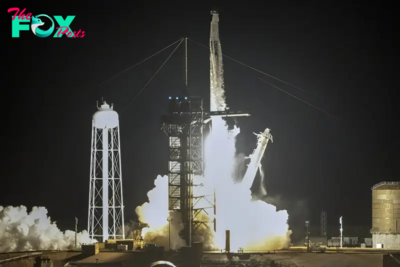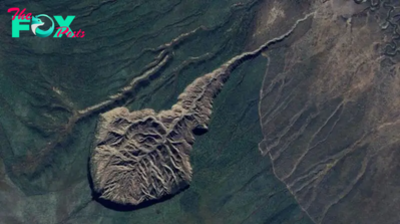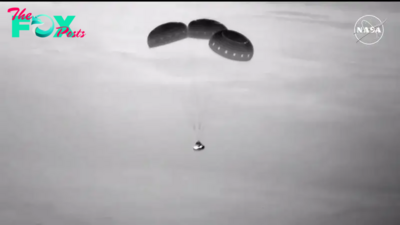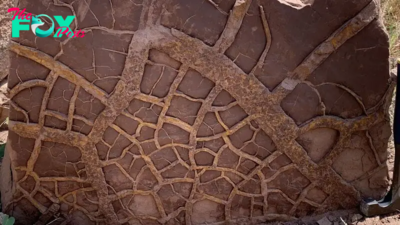Science
Supercooling of Earth's inner core may finally reveal how old it is
Deep beneath our feet, at a staggering depth of over 5,100km, lies Earth's inner core — a solid ball of iron and nickel that plays a crucial role in shaping the conditions we experience on the surface. In fact, without it we'd be unlikely to even exist.
But despite its significance, it's a bit of a puzzle how it formed and developed. We don't even know how old it is. Luckily, mineral physics is bringing us closer to solving the mystery.
The inner core is responsible for Earth's magnetic field, which acts like a shield, protecting us from harmful solar radiation. This magnetic field might have been important for creating the conditions that allowed life to thrive billions of years ago.
The Earth's inner core was once liquid, but has turned solid over time. As the Earth gradually cools, the inner core expands outwards at the surrounding iron-rich liquid "freezes." That said, it is still extremely hot, at least 5,000 Kelvin (K) (4726.85 degrees Celsius).
This process of freezing releases elements, such as oxygen and carbon, which aren't compatible with being in a hot solid. It creates a hot, buoyant liquid at the bottom of the outer core. The liquid rises into the liquid outer core and mixes with it, which creates electric currents (through "dynamo action"), which generates our magnetic field.
Ever wondered what keeps the northern lights dancing in the sky? You can thank the inner core.
Related: Why does Earth have magnetic poles?
-

 Science8h ago
Science8h agoSpaceX Launches Polaris Dawn Mission in Daring Bid for First Private Spacewalk
-

 Science14h ago
Science14h agoIs There a Future for Boeing’s Starliner After Failed Mission?
-

 Science16h ago
Science16h agoGateway to the underworld: The enormous permafrost 'megaslump' in Siberia that keeps getting bigger
-

 Science21h ago
Science21h agoAncient relative of 'living fossil' fish reveals that geological activity supercharges evolution
-

 Science22h ago
Science22h agoAstronauts would have been fine on Boeing's Starliner during landing, NASA says
-

 Science1d ago
Science1d ago'Mega' El Niño may have fueled Earth's biggest mass extinction
-

 Science1d ago
Science1d agoMysterious 9-day seismic event was caused by a mega tsunami bouncing around inside a fjord, study reveals
-

 Science1d ago
Science1d ago'Exceptional' eclipse image and stunning 'Dolphin Head nebula' among 2024's Astronomy Photographer of the Year winners


















